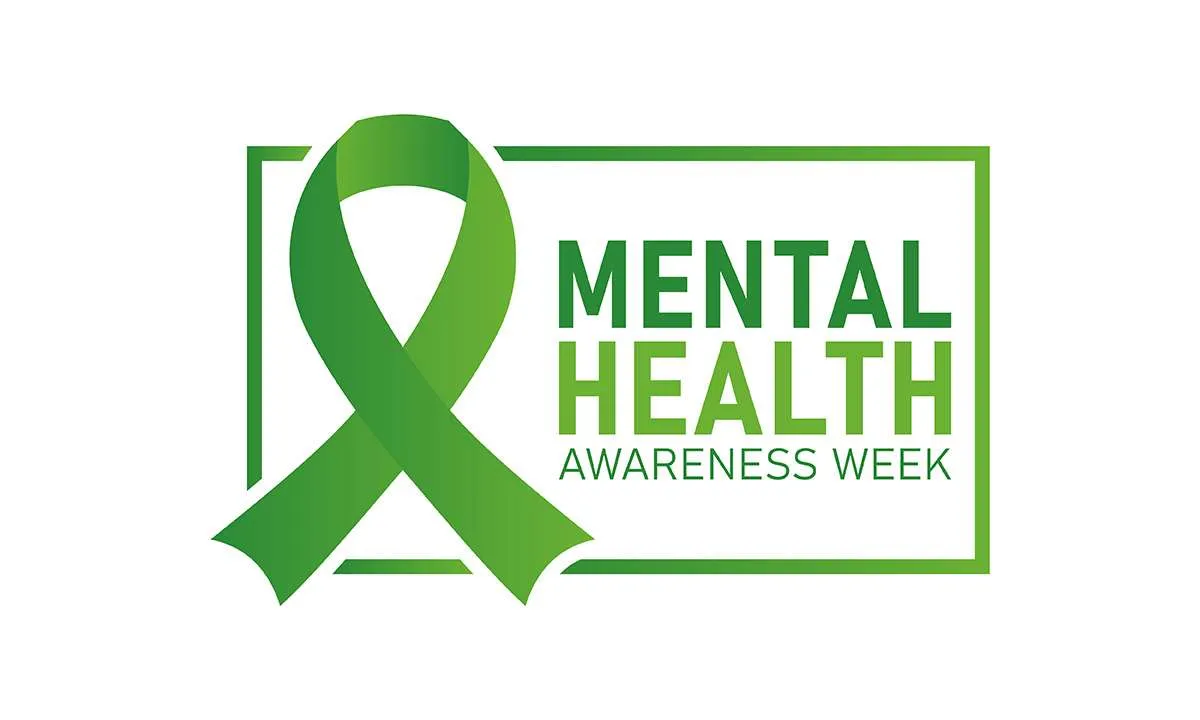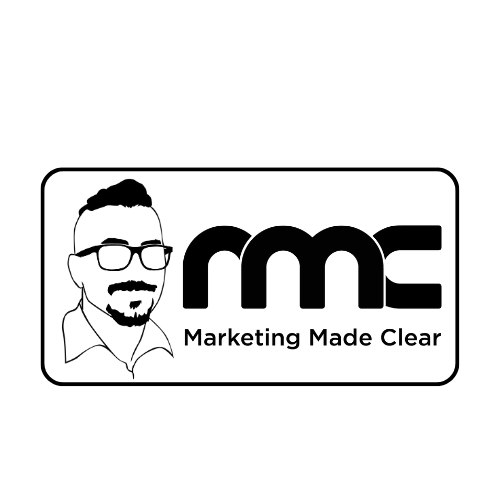Tools to Tame the Chaos
How Marketers Can Manage Workload Without Losing the Plot
Marketing isn’t just a job – it’s a multi-tab lifestyle. One moment you’re deep in Google Analytics, the next you’re presenting a pitch, coordinating social media, fielding feedback from legal, AND wondering if your fifth coffee counts as lunch.
If pressure is the storm (as we discussed in our last article), then workload is the thundercloud above your Trello board. And let’s be honest: managing it well is the difference between feeling purposeful… or perpetually panicked.
So, in honour of Mental Health Awareness Week, here’s a marketer-friendly guide to tools and systems that actually help you manage the madness.
The Marketing Made Clear Podcast
Check out the Marketing Made Clear Podcast on all good streaming platforms including Spotify:
First, What Is a “Manageable” Workload?
A manageable workload doesn’t mean “doing less.” It means doing the right things, at the right time, in the right way — without burning out.
As the CIPD (Chartered Institute of Personnel and Development) puts it:
“Employees are most productive when workload is matched to capacity and supported by clarity, tools, and autonomy.”
(CIPD Good Work Index, 2023)
The Marketer’s Workload Toolbox: Tools That Actually Help
Let’s dig into the tools and systems that high-performing (but still human) marketing teams are using to make workload more sustainable.
1. Task Management Tools – for Visibility & Prioritisation
-
Trello – A simple, Kanban-style board great for visual thinkers. Ideal for solo marketers or small teams. Add labels, deadlines, checklists and integrations without a learning curve.
-
Asana – More structured than Trello. Better for larger campaigns, cross-functional teams, and tracking timelines. You can even set “goals” that ladder up to wider business objectives.
-
ClickUp – One of the fastest-growing project tools, combining documents, chat, goals and task tracking in one tidy workspace.
Why it matters: Knowing what needs doing – and when – reduces cognitive load and helps teams focus. As Harvard Business Review noted, “clarity is one of the greatest antidotes to burnout.” (HBR, 2022)
2. Time Tracking – for Understanding Where the Day Goes
-
Toggl Track – Intuitive and great for freelancers or agencies who need to track time for billing or visibility.
-
RescueTime – Gives you insights into how your computer time is actually spent. Warning: may cause existential crises when it shows 3 hours on Slack.
Why it matters: Many marketers are busy but not productive. These tools help you audit your effort, spot inefficiencies, and rebalance when needed.
3. AI Assistants – for Lightening the Mental Load
-
ChatGPT – Great for first drafts, brainstorming, content outlines, FAQs, and even simplifying complex ideas for stakeholders. Like a junior copywriter who never sleeps — but always needs a sense check.
-
Grammarly – Not just a grammar checker. Its tone and clarity suggestions are a lifesaver for those who write at speed (or at midnight).
-
Otter.ai – For transcribing meetings, interviews, or your stream-of-consciousness voice notes when the brief finally hits you on a dog walk.
Why it matters: Cognitive fatigue is real. Offloading repetitive or low-stakes tasks can free your brain for deeper thinking and strategy.
4. Capacity Planning Tools – for Resource Management
-
Float – Designed for agencies and large teams, this lets you assign tasks based on who has the time — not just who says yes the fastest.
-
Teamup – A simple calendar tool to visualise what everyone’s working on and who’s stretched too thin.
Why it matters: Overpromising is often a scheduling problem, not a strategy problem. These tools stop teams from running at 120% just to hit 80%.
5. Communication Platforms – for Clearer Collaboration
-
Slack – Amazing for quick updates, culture building and avoiding inbox clutter. Just… mute your channels outside of work hours.
-
Loom – Video messaging for when you don’t want another Zoom but need more than an email. Great for briefs, walk-throughs, and stakeholder updates.
Why it matters: Poor communication inflates workload. Clear, async-friendly tools give people breathing room.

Bonus: Systems Are as Important as Tools
Even the best tools are pointless without good habits and systems. Here are a few worth trying:
-
The Eisenhower Matrix – Plot tasks by urgency and importance. Do, schedule, delegate or delete.
-
Timeboxing – Allocate fixed time slots for tasks. Prevents perfectionism and endless polishing.
-
The 2-Minute Rule – If it takes less than 2 minutes, do it now. Great for inbox triage.
As productivity consultant Oliver Burkeman puts it:
“There will never be enough time to do everything. But there’s always enough time to do the most important things.”
(From his book: Four Thousand Weeks)
Final Thought: Tools Don’t Replace Boundaries
The real magic? Comes when you combine the right tech with the right mindset:
-
Say no.
-
Plan well.
-
Take breaks.
-
Don’t be afraid to switch things off.
Tools can help you do more — but they should also help you feel more in control, not just more productive. Because good marketing isn’t about doing everything. It’s about doing the right things, for the right reasons… and staying sane while you do it.


